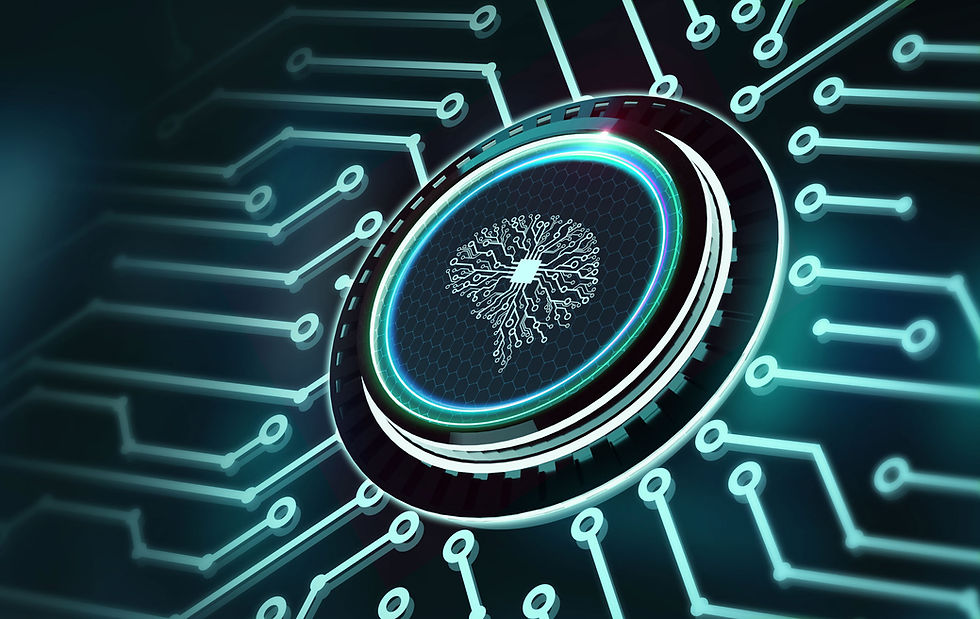The Anatomy of a Dysfunctional Team's Conflict
- Christine Grimm

- Apr 8, 2024
- 4 min read

In a world where collaboration and teamwork are the keystones of successful organizations, a dysfunctional team can be the proverbial wrench in the works. Productive conflict within teams is a normal and healthy part of the creative process when handled constructively. However, when the dynamics within a team become toxic, disagreement can spiral out of control, crippling the team’s effectiveness and tarnishing the workplace environment.
Let’s take a closer look at the characteristics of dysfunctional team conflict and its repercussions on both team members and overall productivity.
Trust Deficit At the heart of dysfunctional team conflict lies a fundamental lack of trust. When a team member does not feel “safe,” they will not freely express their ideas, concerns, and feedback without fear of retribution or dismissal. This creates an environment where trust is eroded and, without trust, the foundation of teamwork crumbles. Authentic, vulnerability-based trust is the foundation for psychological safety. Team members have to feel it is okay to be vulnerable, admit mistakes, and be their full selves if the team is going to be a place where the most complex issues and topics will be brought forth for resolution.
Communication Breakdowns At the heart of dysfunctional team conflict lies a fundamental lack of open communication and trust. When team members cannot freely express their ideas, concerns, and feedback without fear of retribution or dismissal, misunderstandings are bound to become commonplace. This creates an environment where trust is eroded and, without trust, the foundation of teamwork crumbles. Miscommunication becomes the norm, and assumptions take the place of facts, leading to escalating tension.
Culture of Blame and Responsibility Evasion A tell-tale sign of deteriorating team dynamics is the emergence of a blame culture. Rather than collaborating to find solutions and taking ownership of their roles, individuals engage in a game of hot potato with accountability. In this scenario, finger-pointing takes precedence over constructive problem-solving, eroding the team's ability to overcome challenges together.
Personalization of Conflict Instead of focusing on the situation at hand, members of dysfunctional teams often resort to personal attacks. Disagreements over project strategies, for instance, turn into personal vendettas. This shift from professional to personal ignites grudges that simmer beneath the surface, causing hostility to bleed through during team interactions. Suppose the culture allows (or rewards) drama. In that case, people will default into a rotation of roles, including being a victim, the hero, and sometimes the persecutor, instead of speaking the truth and resolving the issues.
Decisions Marred by Power Struggles Internal power struggles often poison the decision-making process within a toxic team. Members are more inclined to push their agendas or ideas for the sake of winning a battle of egos. Constructive arguments give way to political maneuvering, resulting in decisions that serve specific individuals rather than the team or organization's best interests.
Resurfacing Issues A definitive marker of dysfunctional conflict involves issues that are repeatedly ignored rather than resolved. This leads to a vicious cycle of regurgitated arguments where nothing is truly addressed, ensuring that the same issues emerge time and again.
Passive Aggressiveness and Silent Battles When open discussion is frowned upon, avoided, or suppressed, many team members will resort to passive-aggressive behaviors to express dissent. This is the essence of human behavior when people have a high interest in what is happening but don’t feel they have the power to express their authentic thoughts, concerns, and ideas. Back-channel conversations, indirect criticism, and sabotage become tools wielded in silent battles, exacerbating the underlying issues.
Absence of Conflict Resolution A healthy, high-functioning team has clear strategies in place for navigating and resolving conflict. By contrast, a dysfunctional team either lacks such mechanisms altogether or fails to use them effectively. Team members are left to their own devices to deal with disputes, fostering a chaotic and sometimes antagonistic atmosphere.
Impact on Performance and Morale The culmination of dysfunctional conflict has a severe impact on team performance and morale. Productivity declines as energy is diverted away from work and towards navigating the treacherous waters of team discord. Morale plummets as the workplace becomes a minefield rather than a collaborative space, often resulting in high turnover rates as team members seek healthier environments.
Dysfunctional team conflict is a pathological condition that can eat away at the fabric of teamwork and productivity if left unchecked. It requires immediate attention and remediation – through improved communication channels, establishment of trust, implementation of clear conflict-resolution processes, and a shared commitment to professional conduct. For you and all leaders, understanding and proactively addressing these dynamics is not just a matter of team maintenance, it is essential for nurturing robust, innovative, and thriving workplaces.
In the end, it is worth remembering that while not all conflict is bad, the way a team handles conflict can either lead to its demise or become the catalyst for growth and innovation.

%20(1).png)



Comments